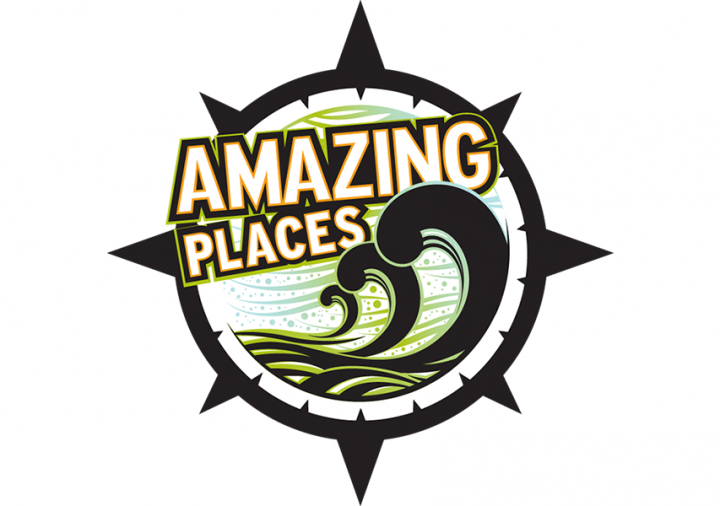Biosphere reserves (BR) are designated by UNESCO’s Man and the Biosphere (MAB) Programme in recognition of areas that model solutions for a sustainable future, celebrate cultural and biological diversity, and empower people to engage with one another and with nature in healthier ways. BRs foster and share local, Indigenous, and scientific knowledge in order to explore new ways of living that solve global challenges and address Multilateral Environmental Agreements such as the United Nation’s (UN) 2030 Sustainable Development Goals (SDGs), the UN Declaration on the Rights of Indigenous Peoples (UNDRIP), and the UN Convention on Biological Diversity (CBD).
The World Network of UNESCO BRs covers 669 regions in 120 countries. 170 million people live within BRs and the overall area that the world network covers is larger than China. In Canada, there are 18 BRs that reflect the geographic diversity of our country and highlight some of the most iconic Canadian landscapes.
Through the totality of our work, Canada’s 18 biosphere reserves (BR) are currently addressing eleven of the United Nations Sustainable Development Goals (UN SDGs). The goals receiving the greatest focus from BRs include: 4 Quality Education; 11 Sustainable Cities and Communities; 13 Climate Action; 15 Life on land; and 17 Partnerships for the Goals. Through the core objectives of the UNESCO Man and the Biosphere Programme to include activities that combine environmental conservation and sustainable development as well as a commitment to the UN SDGs as mentioned above, Canada’s BR integrate sustainable development concepts and practices into their workplans. Some assist their municipal partners with sustainable development planning services. Others provide sustainable tourism opportunities through initiatives such as the Amazing Places program.
Canada’s Federal Sustainable Development Strategy (FSDS), entitled Achieving a Sustainable Future (2016-2019) references BRs as a positive example for sustainable development, stating that “the 18 Canadian Biosphere Reserves have developed demonstration areas and interactive learning sites from coast to coast, and from urban to northern areas” (p. 66). Inclusion in the FSDS was a stamp of approval that BRs are meaningful actors in helping to meet national sustainable development goals and targets.
The Canadian Biosphere Reserve Association (CBRA) supports Canadian BRs in the achievement of their mandates and to demonstrate their collective value nationally and internationally. CBRA’s own mandate is to foster connectedness across Canada’s vastly different BRs, raise the profile and provide training and support for Canadian sites, develop and manage national projects, and create opportunities for Canada’s Man and the Biosphere (MAB) Programme to thrive.
- Name
- Monica Shore
- Title
- CBRA National Coordinator
- Phone
- 12508027193
- info@biospherecanada.ca
- Website
- www.biospherecanada.ca

